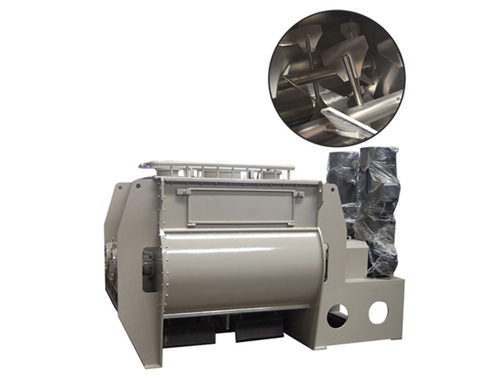
The blades of the feed mixer are an important part of the animal feed paddle mixer. Then What types of feed mixer blades can be divided into?? They play the role of stirring and mixing feed ingredients. According to the structure and shape of the blades, the blades of feed mixers can be divided into the following types:
Straight blades (straight blades): Straight blades are the most common type of blades. They are usually linear in shape and arranged parallel to the mixer barrel. The function of the straight blade is to push the feed ingredients from one port to another to achieve the effect of mixing and stirring. The straight blade has a relatively simple structure and stable operation, and is suitable for general feed mixing work.
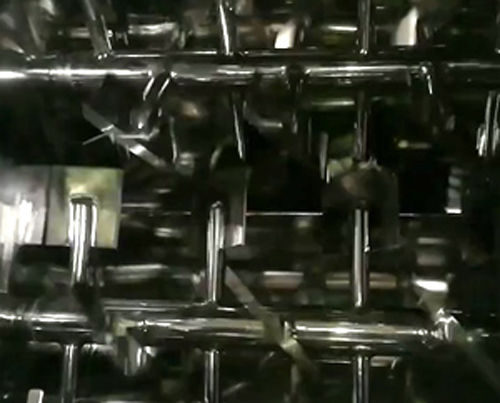
Curved blade: Curved blades are curved in shape, making them easier to shear and flip than straight blades. The curved blade can better mix feed raw materials, and also has better mixing effect for some raw materials with higher viscosity. Curved blades are widely used in situations where higher mixing effects are required.
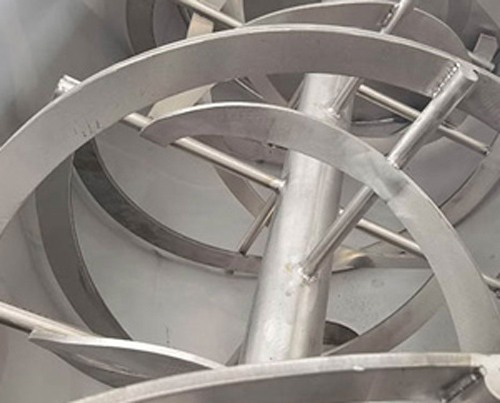
Paddle blades: Paddle blades are shaped like paddle blades, are flat, and are usually mounted on the shaft of the mixer. The paddle blades push the feed ingredients from one end of the shaft to the other end through rotation and push, achieving the effect of mixing and stirring. The paddle blades have a compact structure and good mixing effect, and are suitable for occasions requiring higher mixing intensity and uniformity.
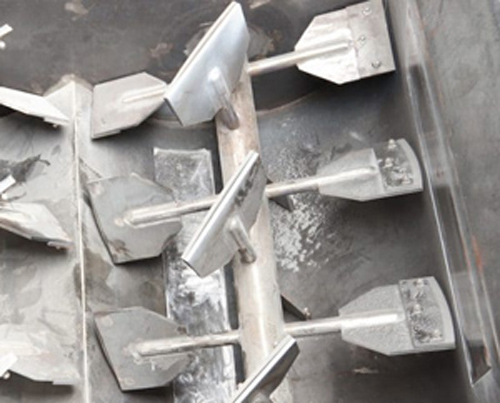
Spiral blades: The spiral blades are shaped like a spiral, similar to a propeller. The spiral blades mix and stir the feed ingredients along the spiral path through rotation and push. The design of the spiral blade allows the feed ingredients to be better mixed, improving the mixing effect and uniformity. Spiral blades are often used where highly uniform mixing is required, such as in large-scale feed processing plants.
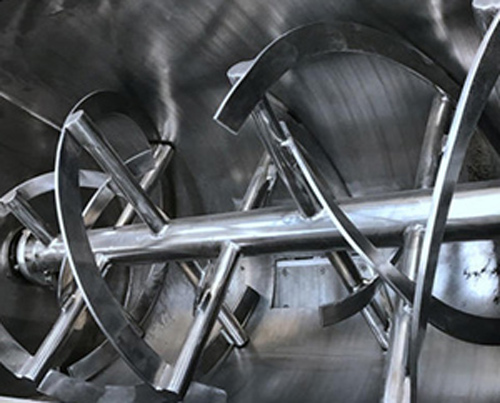
Double layer blade: Double-layer blades are a specially designed type of blades that have a two-layer structure, usually consisting of an inner blade and an outer blade. The double-layer blades can better cut and turn feed ingredients and improve the mixing effect. This blade structure is often used where higher mixing intensity and uniformity are required.
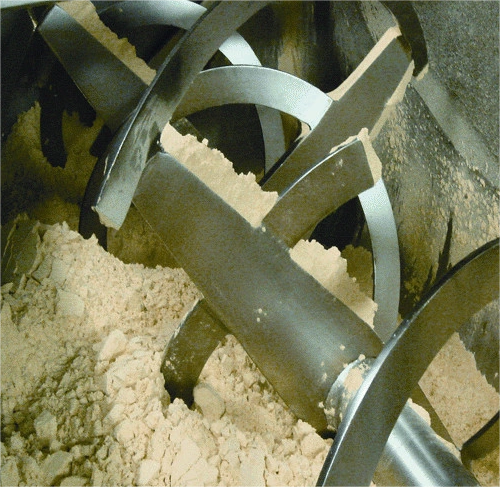
Cross blades: Cross blades are another specially designed blade type that are shaped in a cross arrangement. The cross blades can form a more complex movement path during the mixing process, increase the interaction of feed ingredients, and improve the mixing effect and uniformity. Cross blades are often used where a high degree of uniform mixing is required.
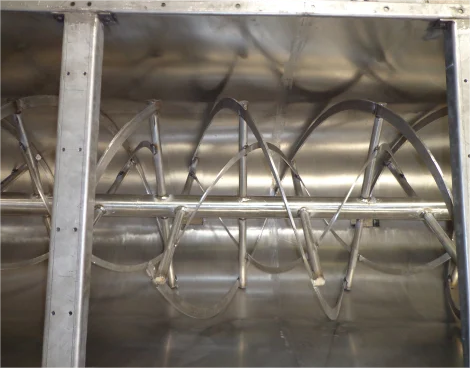
These blade types vary depending on the specific mixer model and application. Choosing the appropriate blade type can improve the mixing effect and uniformity of the mixer, thereby improving feed quality and breeding efficiency. In practical applications, according to the characteristics of feed ingredients and mixing requirements, different types of blades can be selected to be combined or customized to meet specific mixing process needs.
Address:China,Yanjin county forest park gate to the west 1000 meters north road.